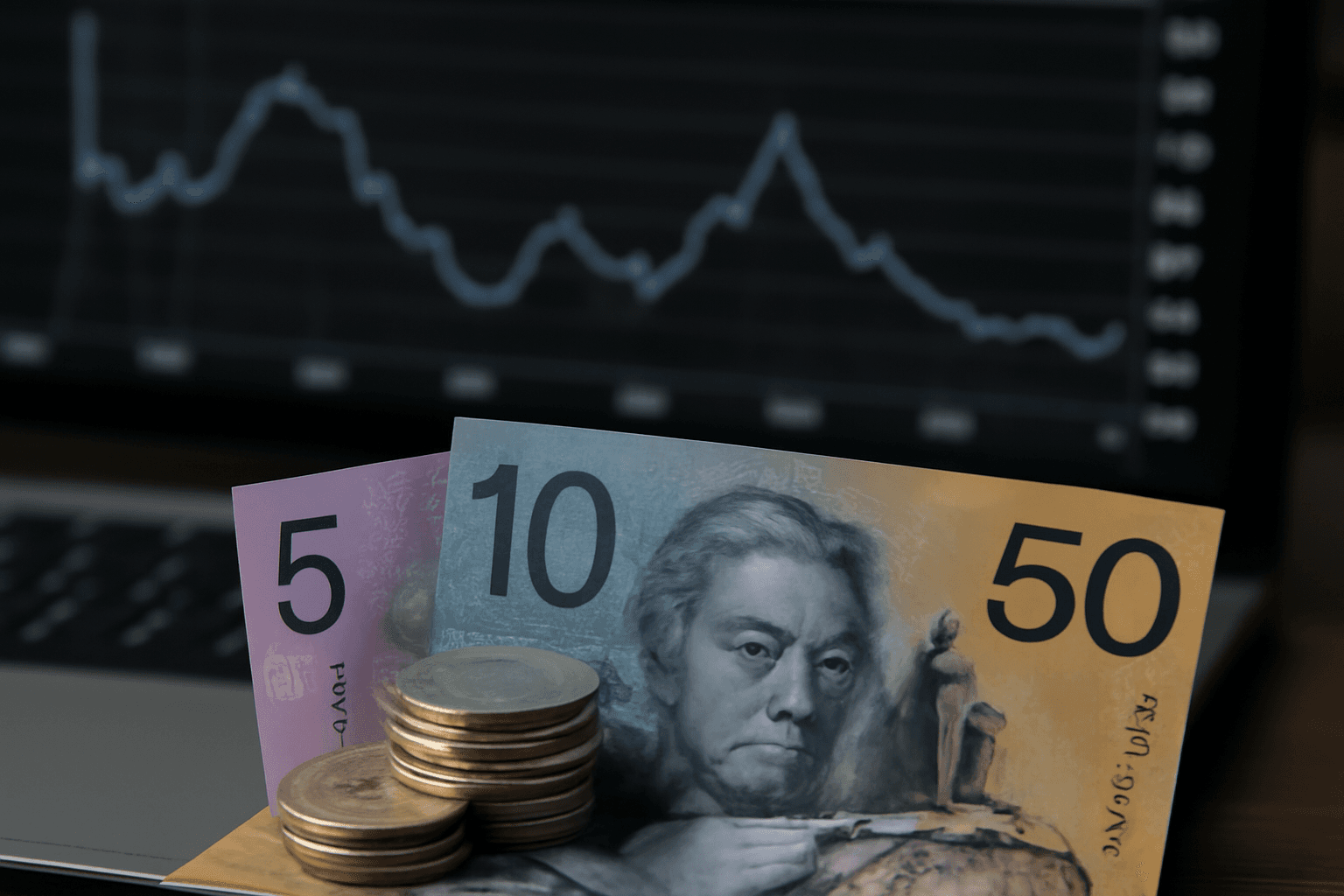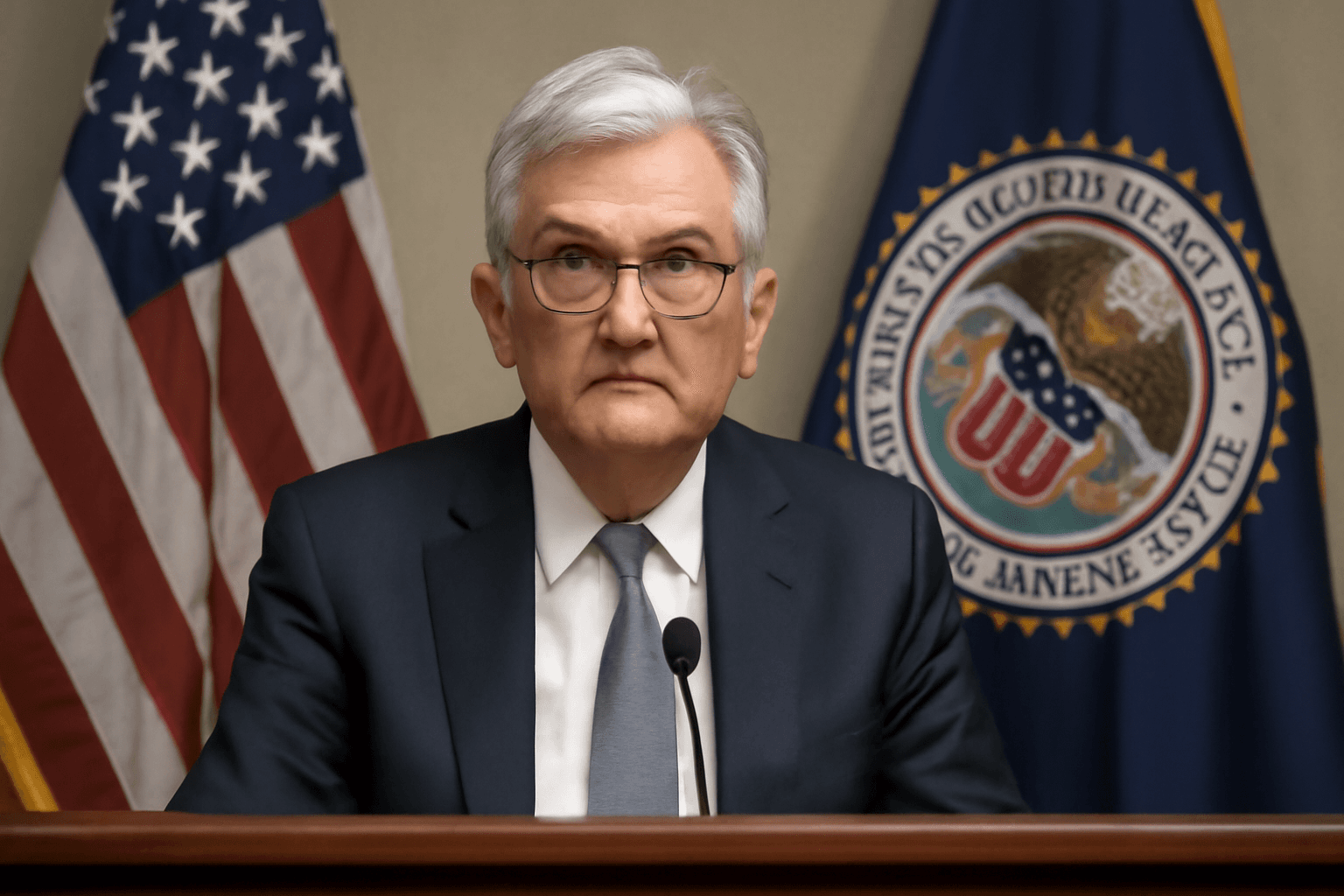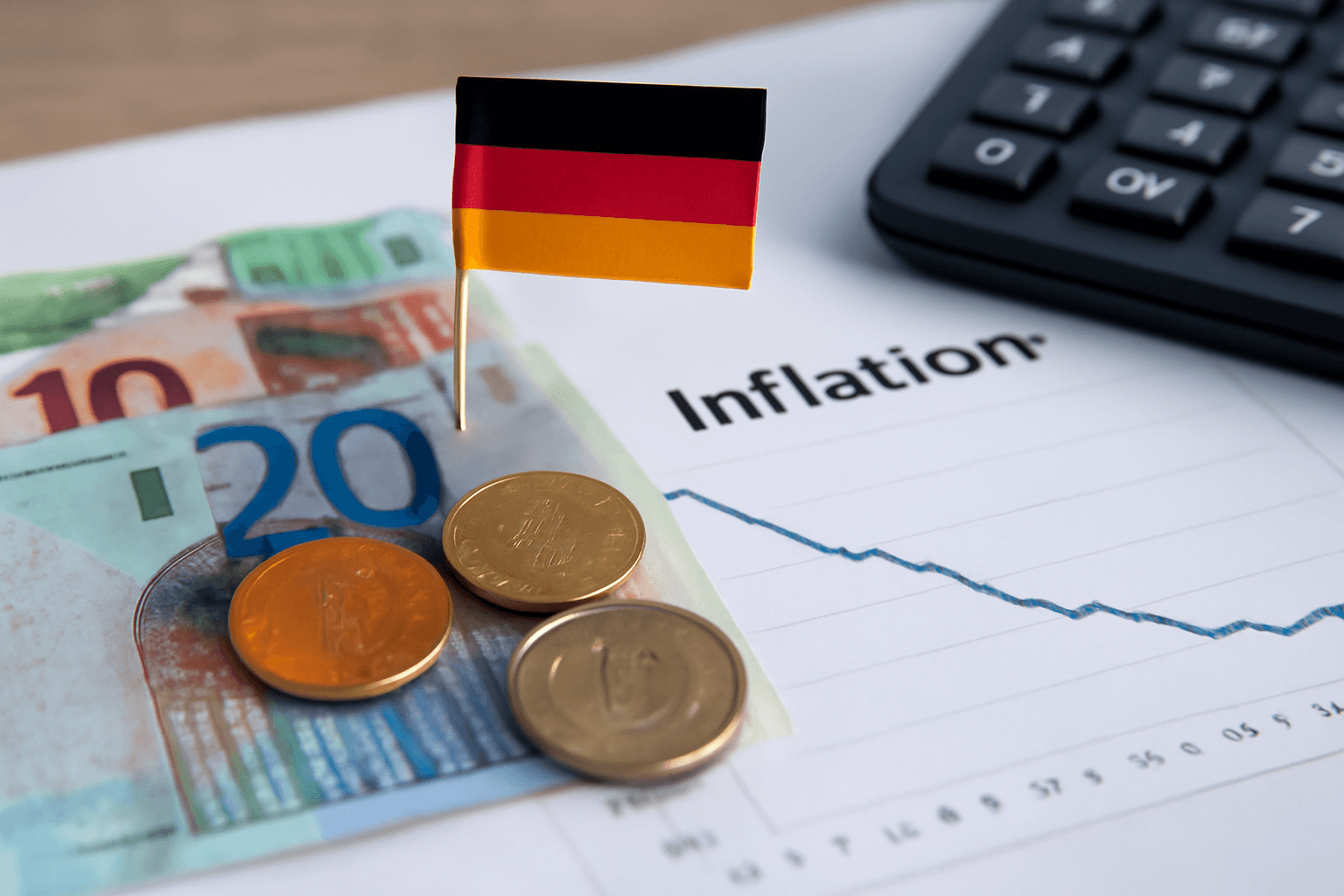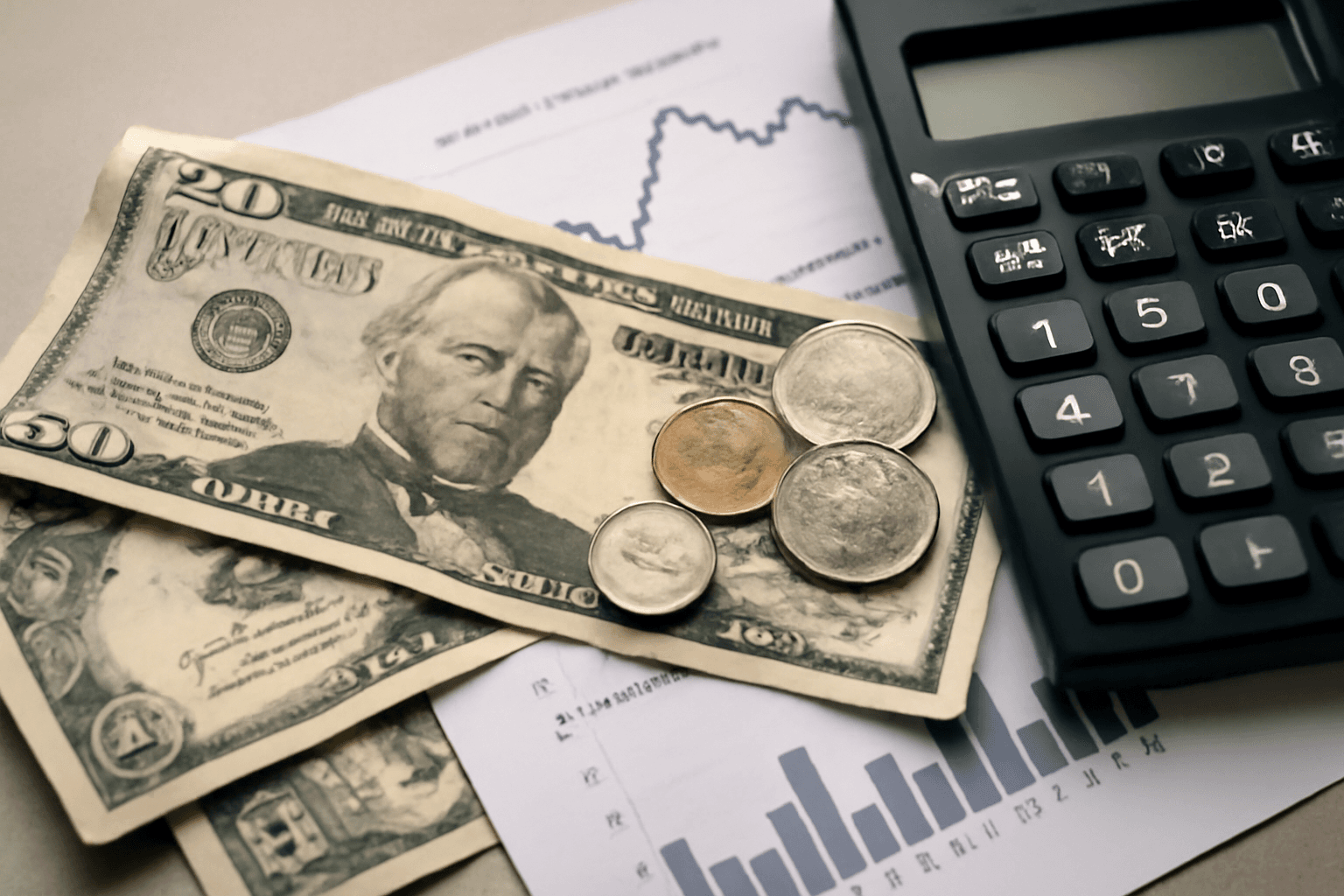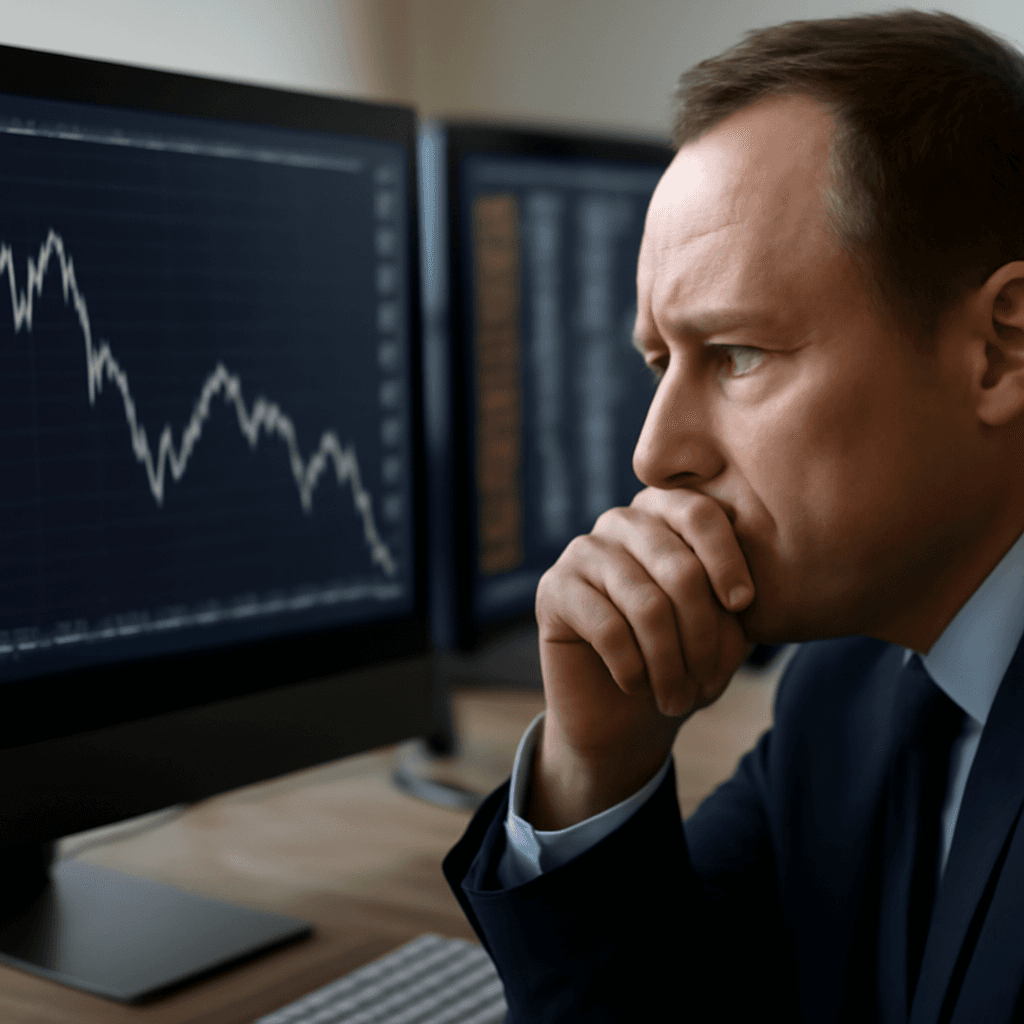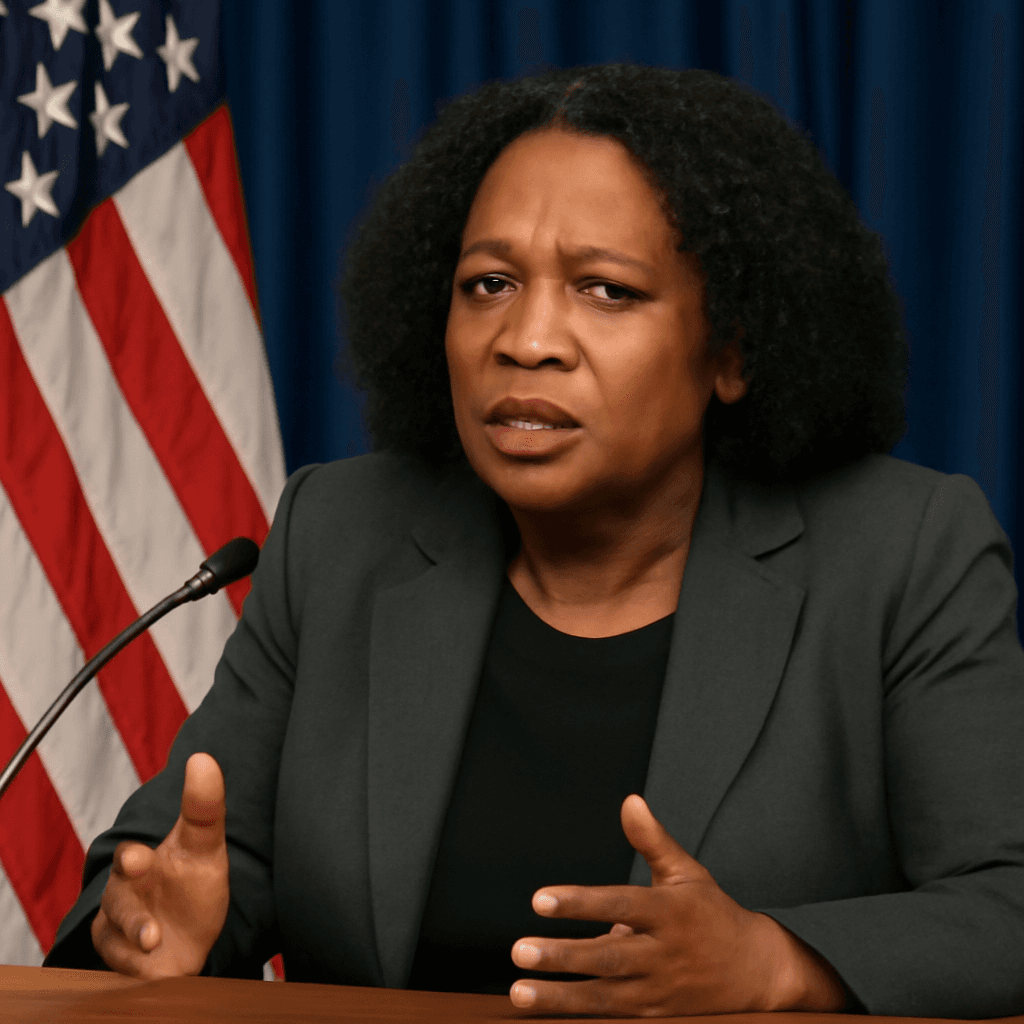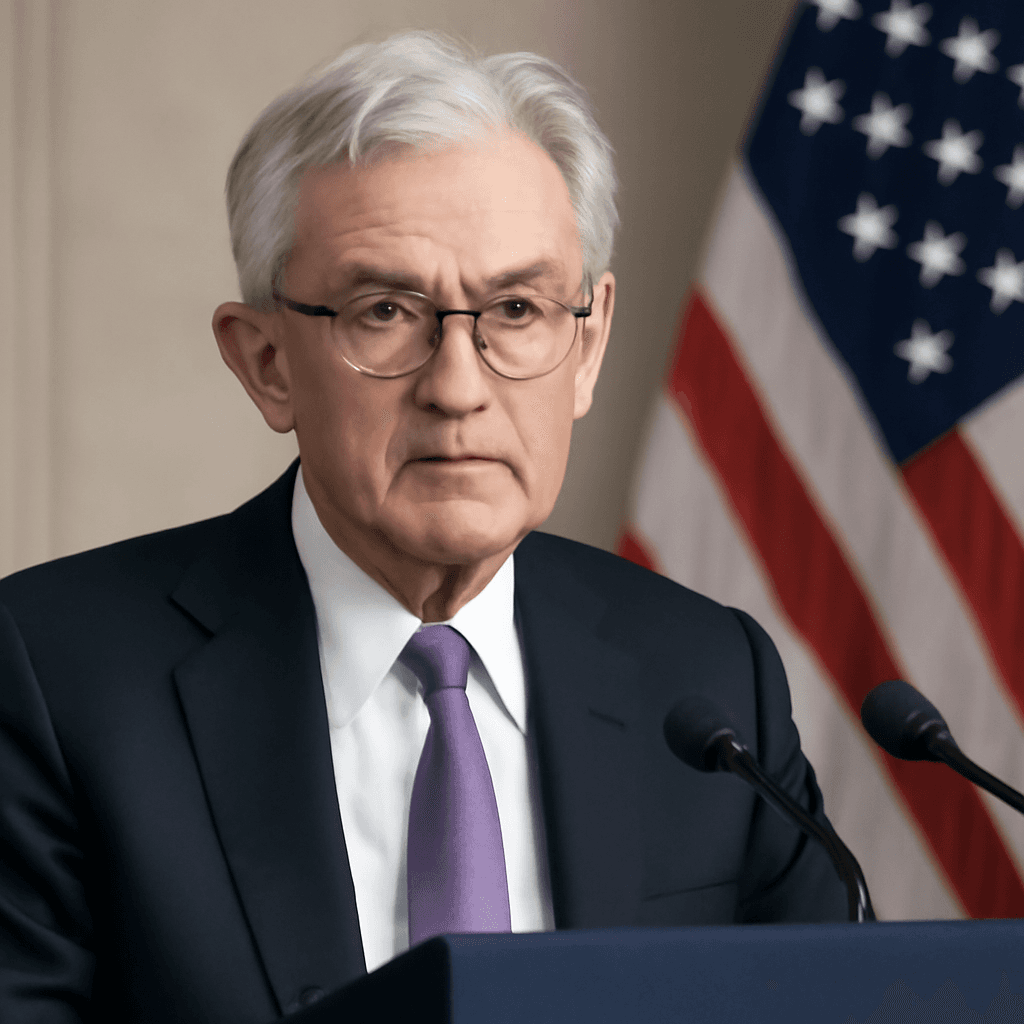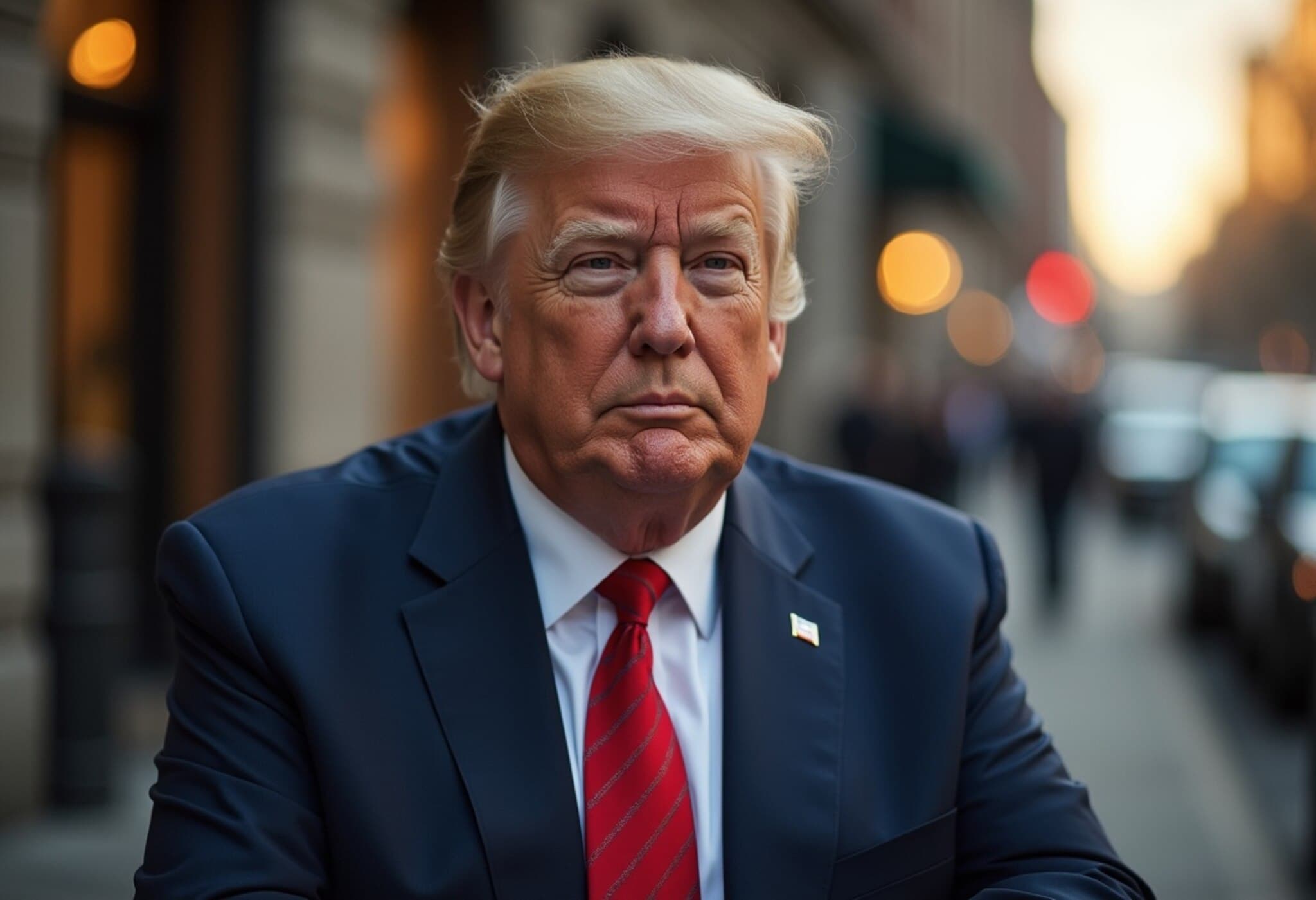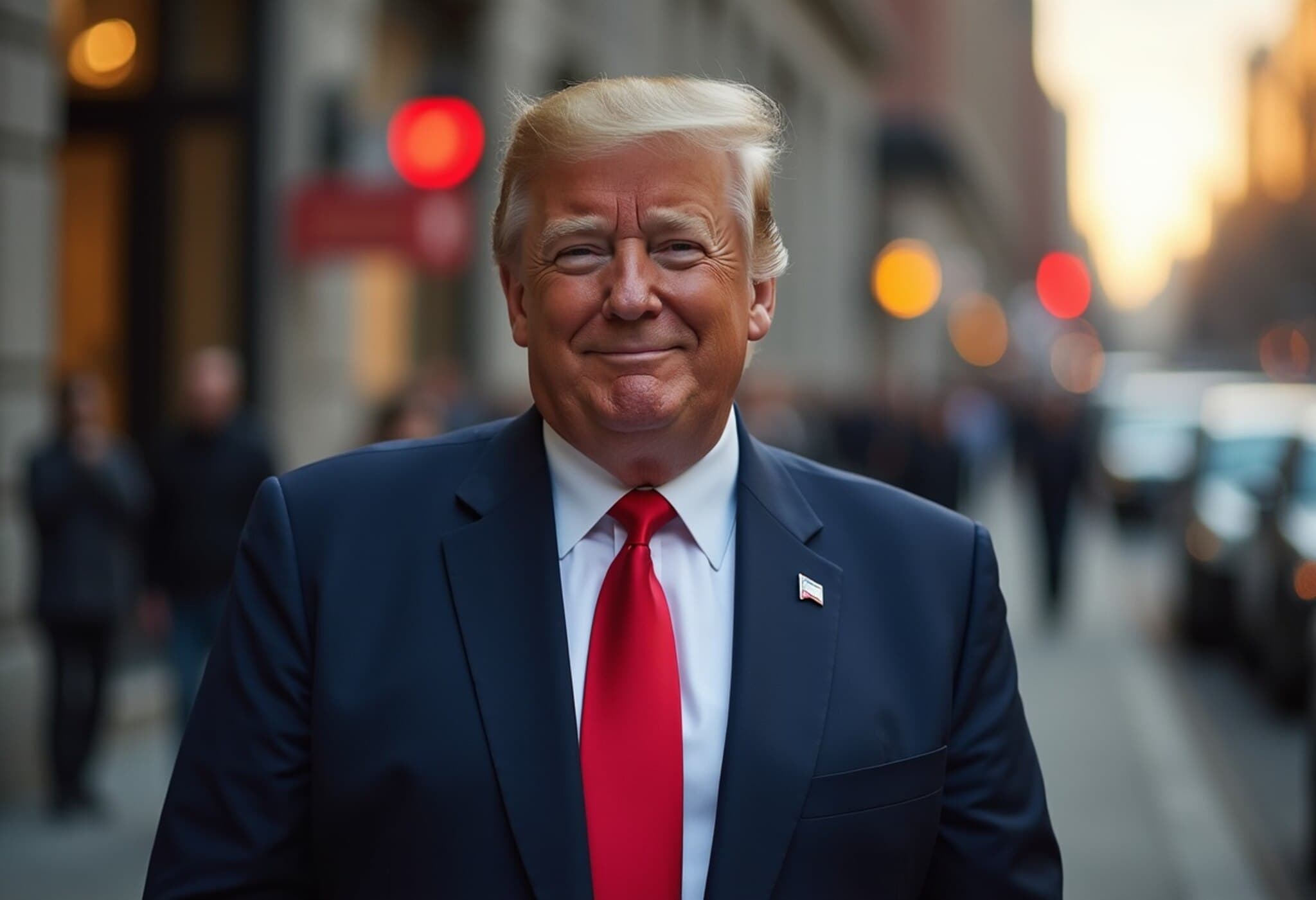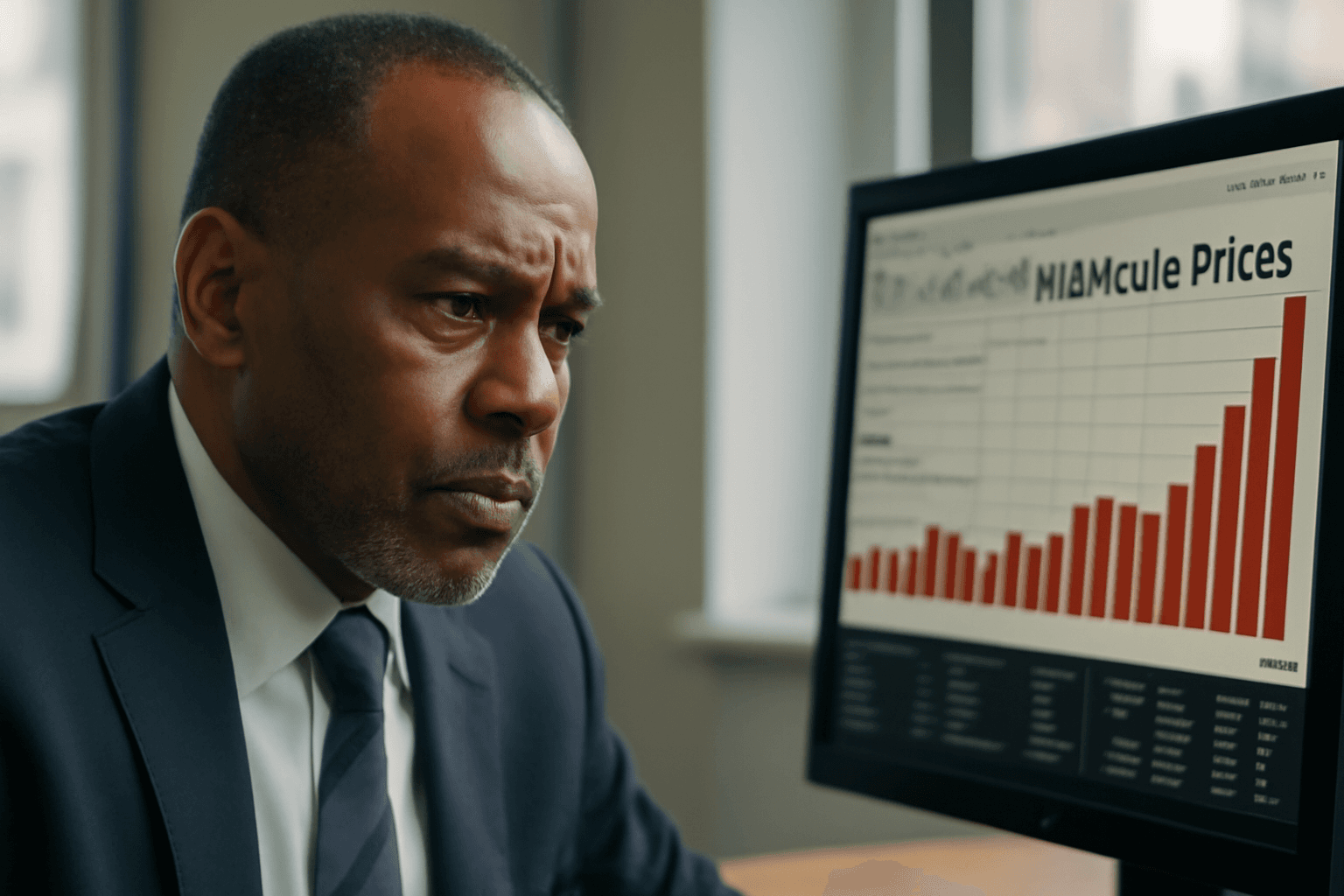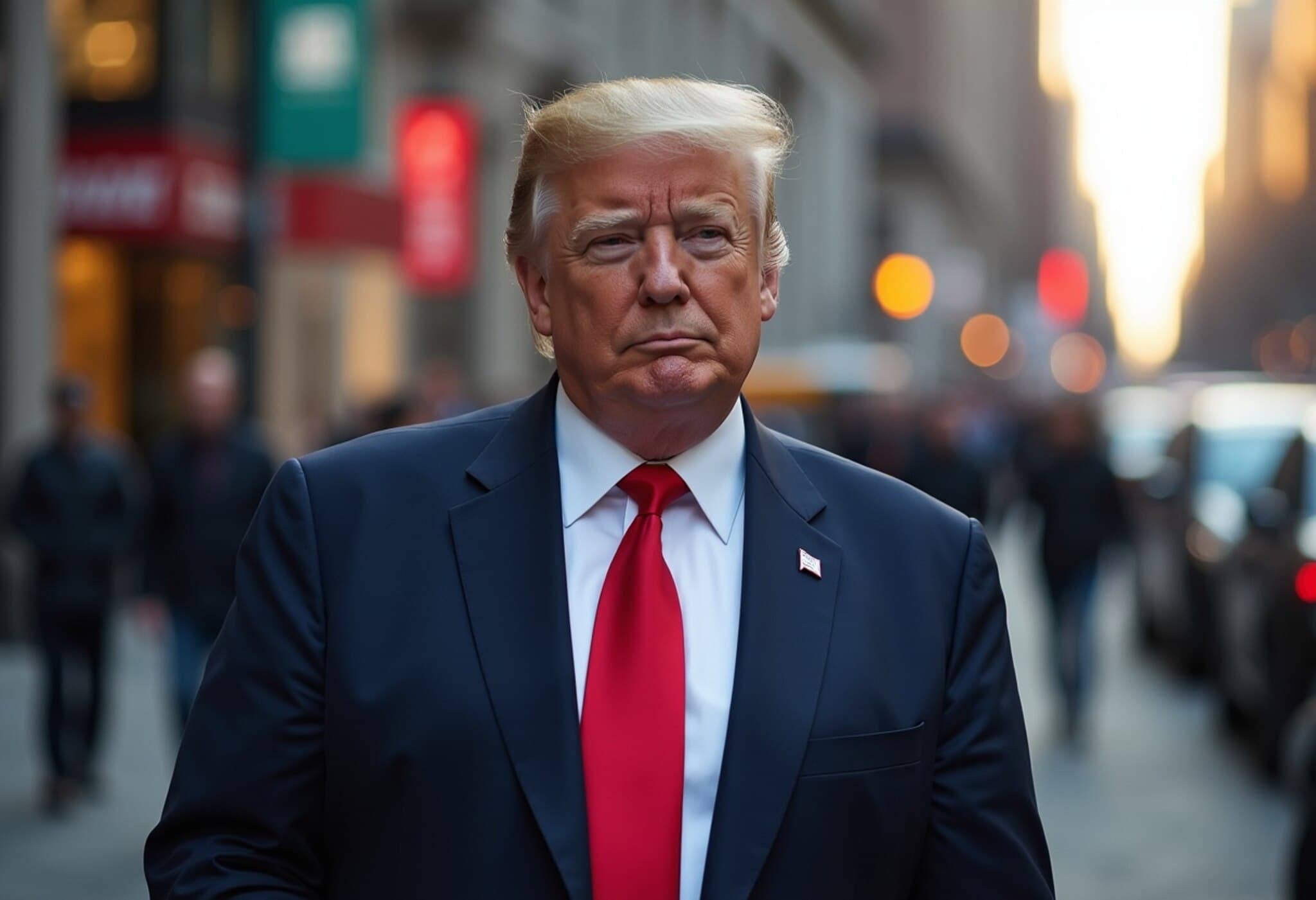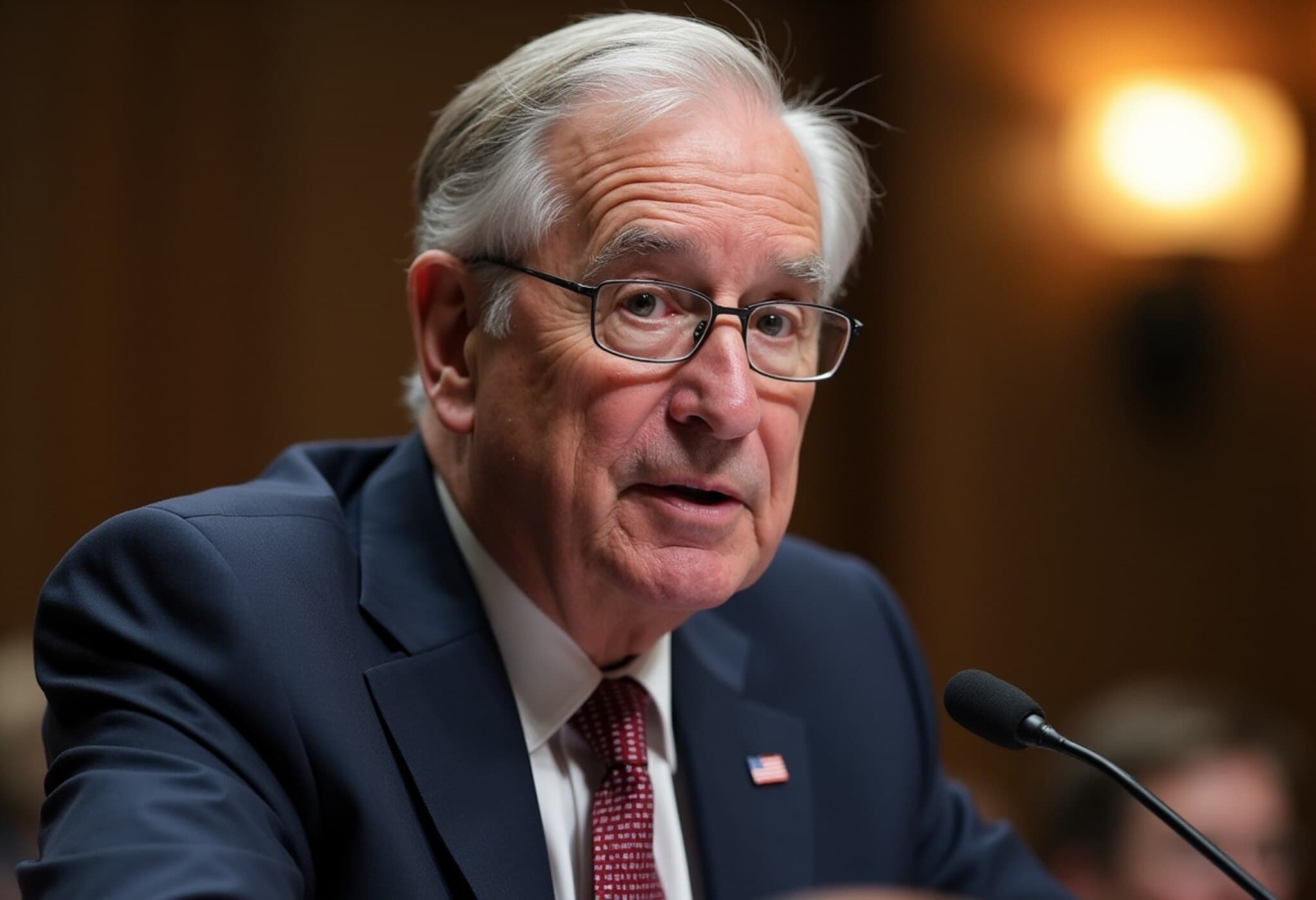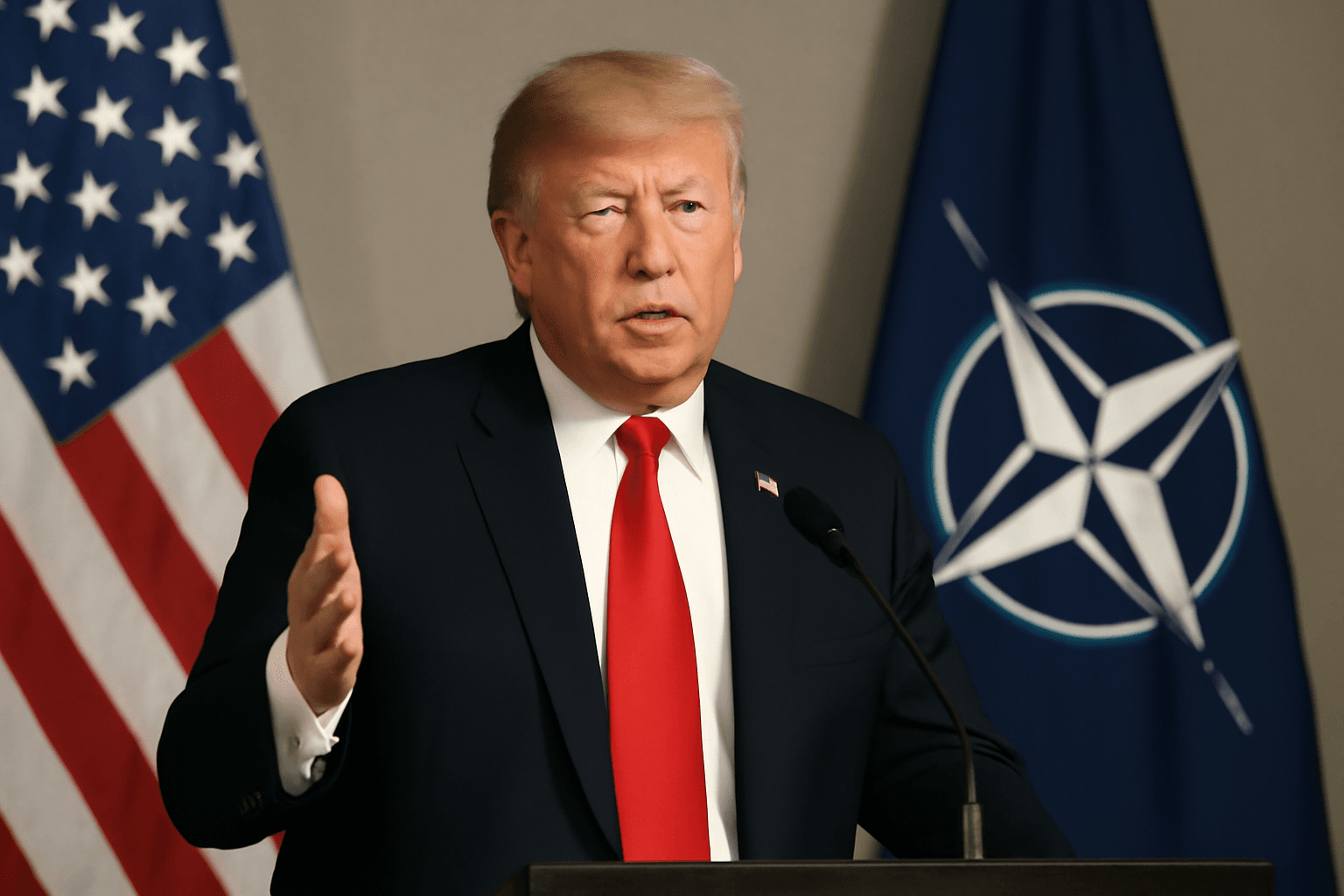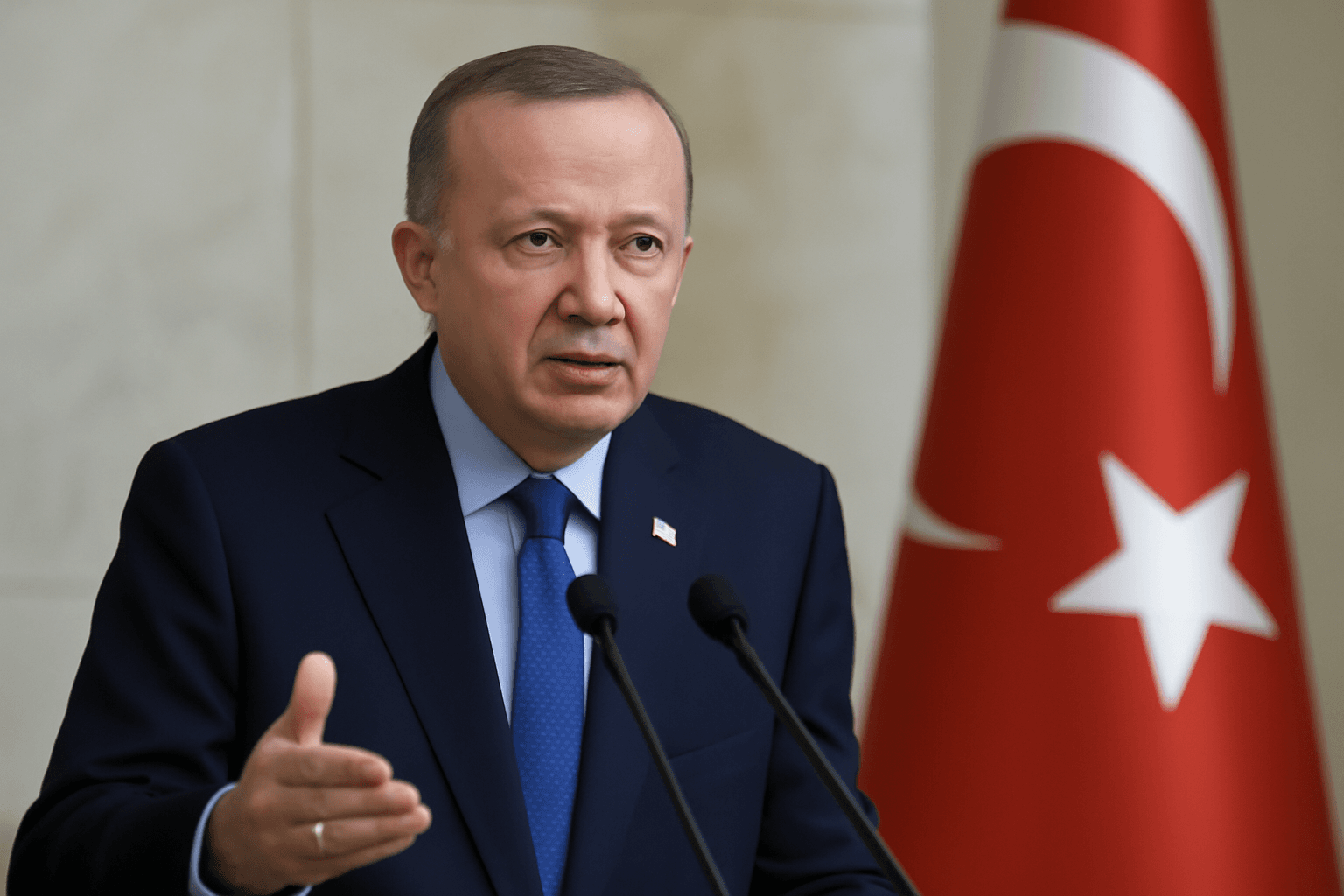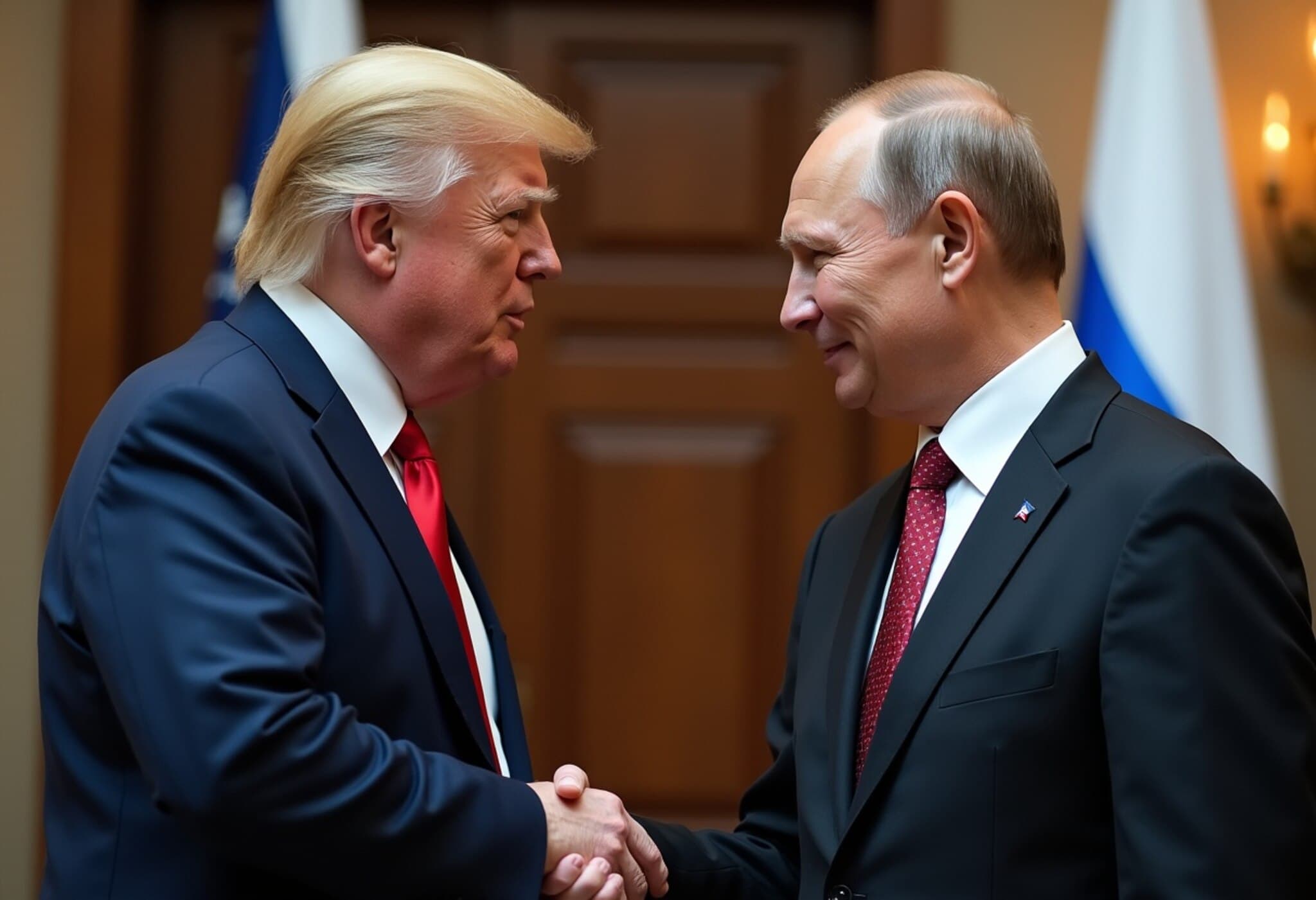July Inflation Data Reveals Moderate Price Growth Amid Tariff Concerns
In July 2025, U.S. consumer prices rose 2.7% year-over-year, slightly less than economists had forecasted, reflecting a tempered impact of trade tariffs introduced under the Trump administration. The latest figures from the Bureau of Labor Statistics (BLS) show a 0.2% increase in the Consumer Price Index (CPI) on a seasonally adjusted monthly basis.
Core Inflation: The Fed's Preferred Gauge
Stripping out volatile food and energy sectors, the core CPI increased by 0.3% month-over-month and 3.1% annually, marginally exceeding experts’ expectations. This measure is closely monitored by Federal Reserve policymakers who view it as a more accurate barometer of underlying inflation trends and a key input for monetary policy decisions.
Key Drivers of the July Inflation Profile
- Shelter costs rose by 0.2%, contributing significantly to the overall CPI increase.
- Energy prices fell by 1.1%, reflecting lower costs at the pump and utility bills.
- Food prices remained flat, indicating some relief from grocery inflation pressures.
- Transportation and medical care services posted notable increases of 0.8% each.
- New vehicle prices held steady while used car and truck prices jumped by 0.5%, spotlighting ongoing demand-supply imbalances.
Unearthing Tariff Effects on Consumer Goods
While tariffs on imported goods have raised alarms about prolonged inflationary pressures, the data suggest the impacts remain modest for now. Notably, household furnishings and supplies prices increased 0.7% in July after a 1% jump in June, signaling some tariff-related cost pass-throughs. Yet apparel prices crept up just 0.1%, and core commodity prices edged higher by only 0.2%. Surprisingly, tariff-sensitive goods like canned fruits and vegetables saw no price change.
Former White House economist Jared Bernstein, who served under President Biden, commented on CNBC that "tariffs are in the numbers, but they're certainly not jumping out 'hair on fire' at this point," offering a grounded perspective amid political rhetoric.
Political Undercurrents and Institutional Trust
The BLS report arrives amid heightened political tensions. President Trump has publicly criticized the bureau, alleging bias. Earlier this month, after weaker-than-expected July nonfarm payrolls data, Trump replaced the previous BLS commissioner and nominated E.J. Antoni, a vocal critic of the bureau, to lead the agency. This move raises questions about the future independence of critical economic data reporting.
Federal Reserve’s Policy Outlook: Navigating Inflation and Tariff Risks
The Federal Reserve faces a balancing act in its upcoming September meeting. Policymakers are scrutinizing inflation trends, considering whether tariff-driven price rises represent a temporary spike or the start of a more sustained inflation upswing. Most economists lean towards the former, viewing tariff effects as largely one-off shocks to consumer costs.
Meanwhile, the futures markets are pricing in a strong likelihood of an interest rate cut in September, with increased odds for further easing in October, reflecting growing concerns about economic growth and labor market conditions.
It's important to note that while the CPI is a highly anticipated inflation gauge, the Fed primarily relies on the Commerce Department's Personal Consumption Expenditures (PCE) price index to chart inflation trends. However, the CPI and the upcoming Producer Price Index (PPI) report feed into the broader inflation analysis.
What This Means for Americans
For everyday consumers, the somewhat milder inflation number offers a brief sigh of relief amid rising costs and economic uncertainties. Stable food prices and declining energy costs help soften the blow, though rising shelter and healthcare expenses continue to strain household budgets.
From a policy standpoint, these inflation figures underscore the Fed’s delicate task of supporting growth without fueling persistent inflation—a balancing act vital for safeguarding the American economy’s resilience in a complex global trade environment.
Editor’s Note: Keeping a Close Eye on Inflation's Trajectory
As inflation data continues to unfold, the key question remains: will tariffs ignite a lasting inflationary spiral, or are we witnessing momentary ripples on the economic surface? The political backdrop around BLS leadership adds another layer of complexity, potentially influencing the transparency and trustworthiness of future economic indicators. Readers should remain attentive to upcoming reports, especially the PPI and PCE releases, and how they shape the Federal Reserve’s next moves. In a rapidly shifting economic landscape, informed vigilance is more important than ever.


